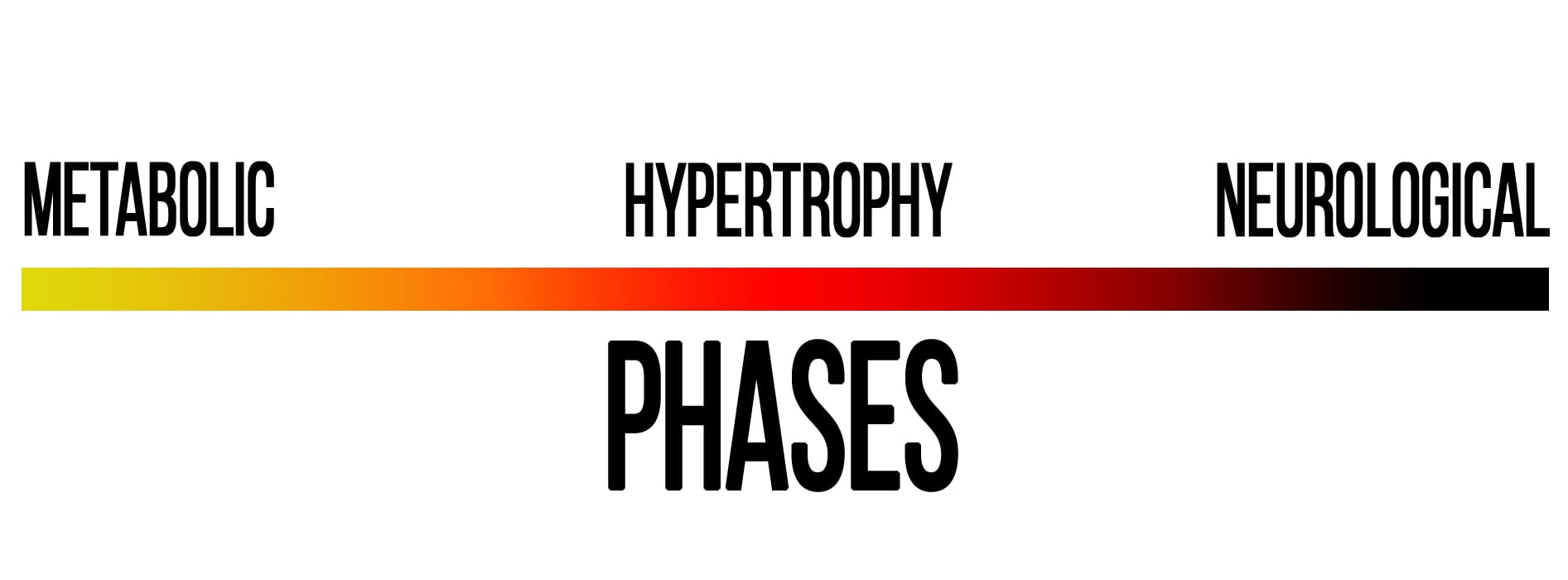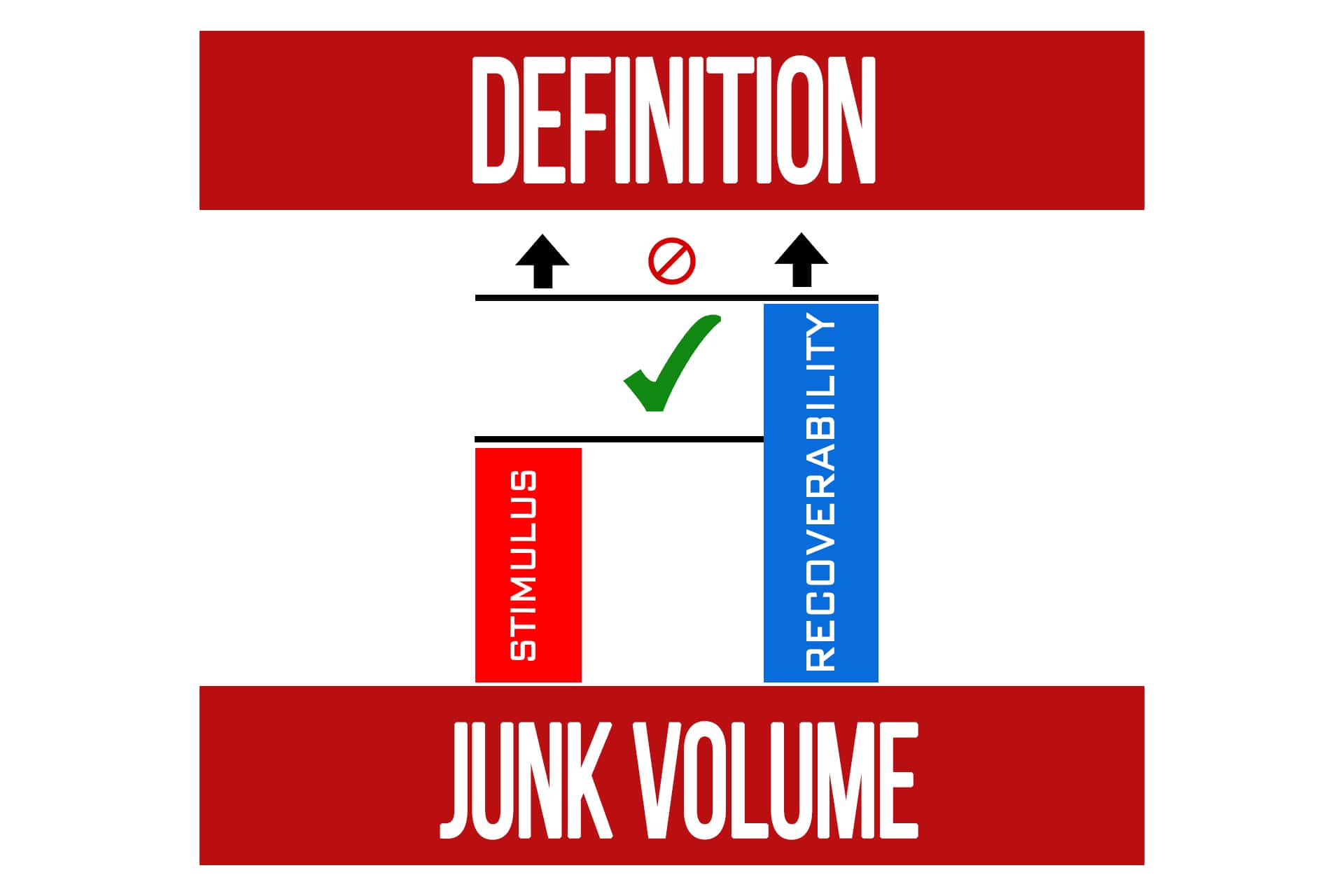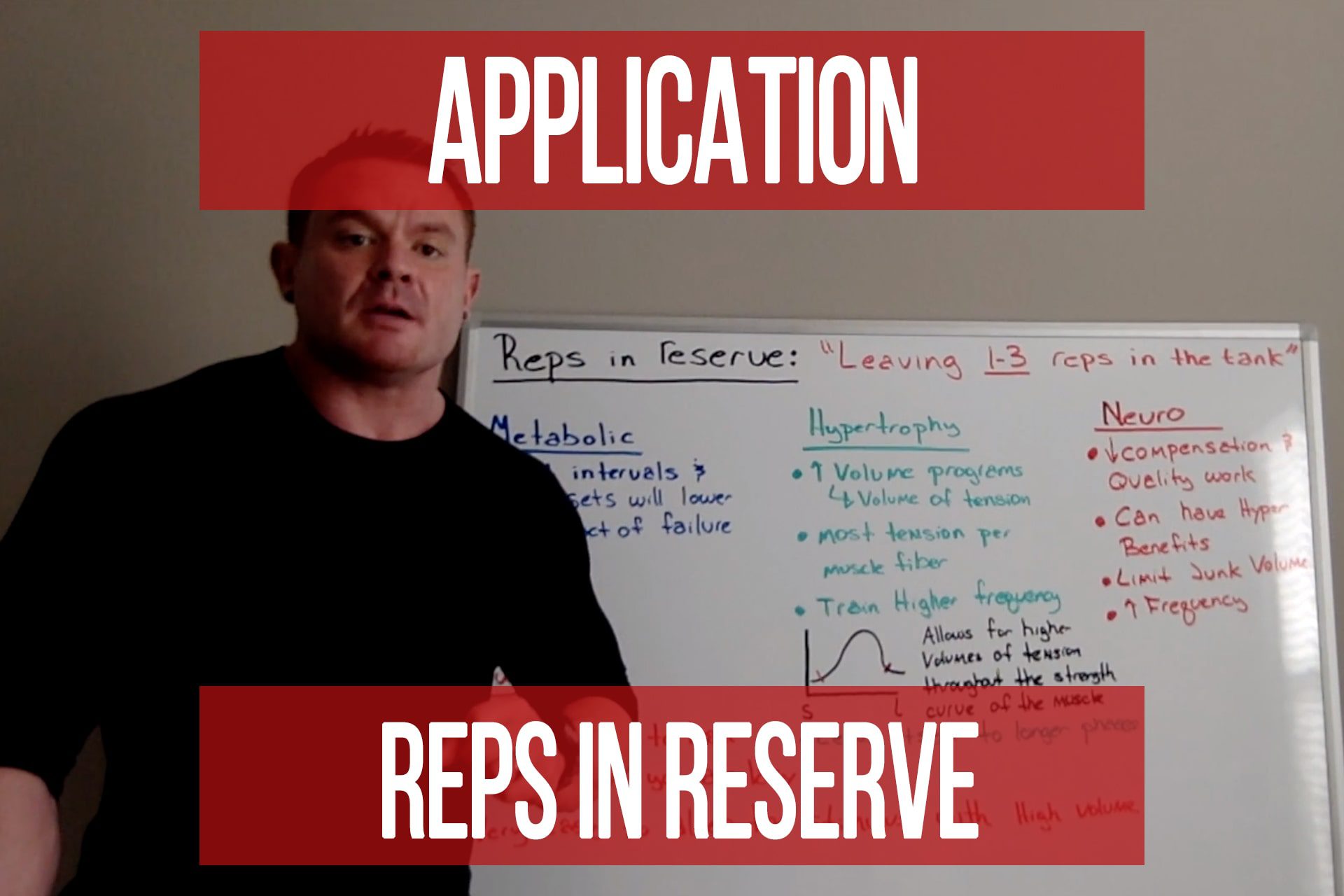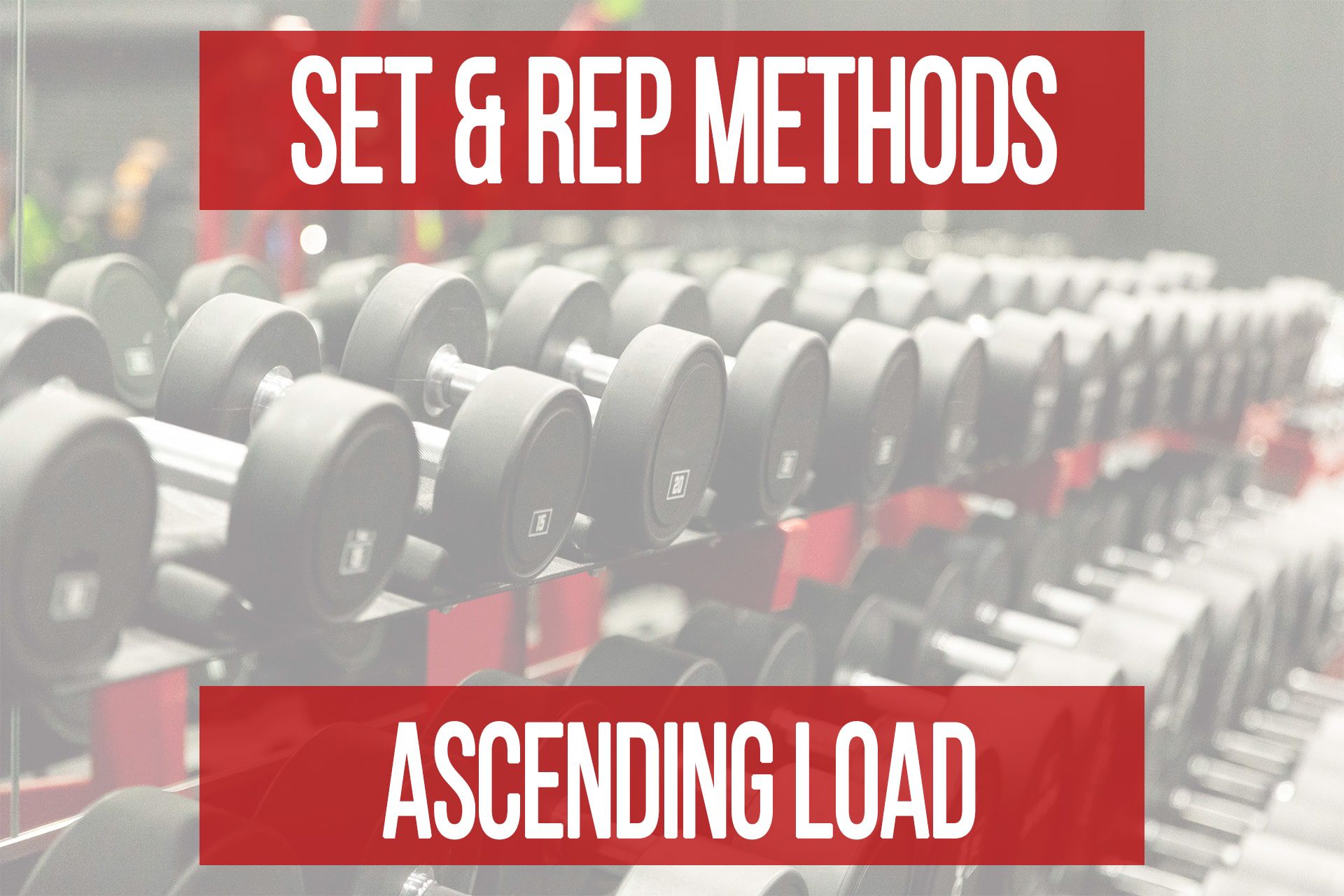The 3 Phases of Training Explained
n1 training
Introduction
The three phases of training are essentially the primary categories that all types of training fall under. They each consist of a number of characteristics but it is important to keep in mind that they lie on a continuum and there can be overlap between adjacent phases depending where the workout falls on the spectrum.
Each phase refers to the primary goal or adaptations that come along with training in that area of the continuum.
We go into great detail on these three phases, stimuli they include, and the individual types of training systems that fall within them in the Nutrition & Program Design course on N1 Education if you want to learn to create these types of programs and the accompanying nutrition for different goals.
If you just want to train and have the programs and nutrition taken care of, check out the Program Library.
Here is a brief summary of what each phase is and how we define them.
Metabolic
The name of this phase is fairly self-explanatory. The methods used in this phase burn a ton of energy (ATP) and burn glucose very quickly. If the nutrition is correct, the stimuli within the metabolic phase can work very well for quickly changing body composition and increasing conditioning both at a muscular and systemic level.
Some characteristics of this phase are:
- Longer duration of time under significant tension per set
- Higher work-to-rest ratios (denser workouts with longer work periods and relatively shorter rest periods)
- Increased lactic acid and metabolic waste production
- Highest average requirement for carbohydrates as a % of total calories
A Common Misconception: is that metabolic training is only for fat loss. While it can be used for that goal, certain types of metabolic training can be very effective for hypertrophy or even de-loading from neurological workouts and helping to rapidly fill up glycogen stores (with appropriate nutrition of course).
Hypertrophy
Once again, the name of the phase is indicative of the most common uses for the types of training it contains. These workouts focus on the different stimuli for encouraging muscle protein synthesis for adding size to muscle cells (sarcoplasmic hypertrophy) and increasing the number of muscle cells (myofibrillar hypertrophy).
You’ll generally (but not always) be using heavier loads than in metabolic phase workouts, but not quite as heavy as neurological phase workouts.
Some characteristics of this phase are:
- High degree of tension on a per-muscle-fiber basis
- Moderate work-to-rest ratios (less dense than metabolic usually)
- Greater variety of resistance profiles
- Higher number of sets to failure compared to the other two phases (in most cases)
- Requires more calories on-average than the other two phases
A Common Misconception: is that hypertrophy stimuli are ONLY used for muscle gain. Or that you with ONLY train in this phase if your goal is hypertrophy. For the most part, yes this will be the phase you spend the most time in when focusing on adding muscle. However, you will still need to spend some time in other phases either as a de-load for faster overall progress or to potentiate (improve your readiness for) another hypertrophy program.
It is also possible to use certain of the hypertrophy stimuli for fat loss IF the volume and nutrition are managed appropriately. Again, we take care of this for you in the programs we offer with the nutrition calculator and letting you know which hypertrophy phase programs are suitable to use for fat loss.
Neurological
The neurological phase, as the name suggests, focuses predominantly on creating adaptations of the nervous system. You may hear this referred to as a “strength phase”, but that is not entirely accurate. The focus of training in this phase is to improve aspects of your nervous system such as the ability to contract more muscle fibers (motor units) at once, which we refer to as neurological efficiency. It can also help you improve the ability to maintain execution at heavier loads where you’ll be required to create more stability with supporting musculature.
Some characteristics of this phase are:
- Heavy loads and fewer reps
- Low work-to-rest ratios (shorter sets, longer rest)
- Fewest sets to failure in most cases
- Lower time under significant tension per set
A Common Misconception: Neurological training is only for strength. While this phase certainly does play a critical role in improving strength, the adaptations you can achieve will also carry over into the other two phases of training and has benefits for both fat loss and muscle gain goals.
It can also be used as an effective de-load from metabolic work and some of the hypertrophy stimuli.
Summary
There are three primary phases of training, which all contain multiple stimuli, each of which can be used for multiple goals.
If you really want to get in-depth with learning how to design programs and periodize them for individual goals, consider the Nutrition & Program Design for Trainability Course.
Have a Question for Us?
Please Log In to Submit Your Question
N1 Insider Tip #19 When to Do a Neurological Phase for Hypertrophy
videoHypertrophy Insider Tips Program Design Strength & Power
Popular Pages
Learn & Train With Us
Add N1 Training to your Homescreen!

Please log in to access the menu.






